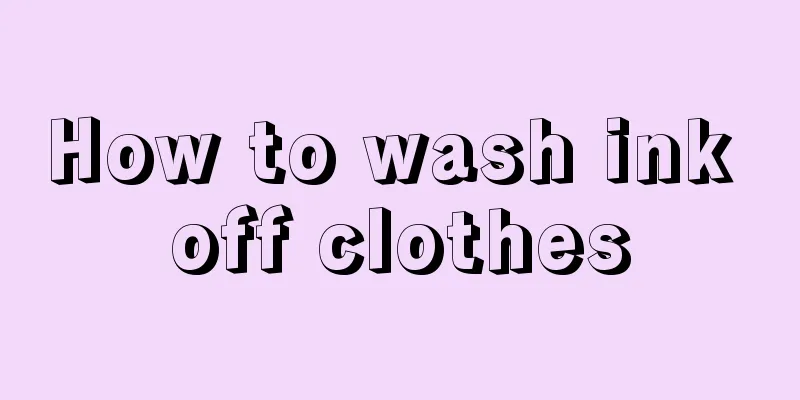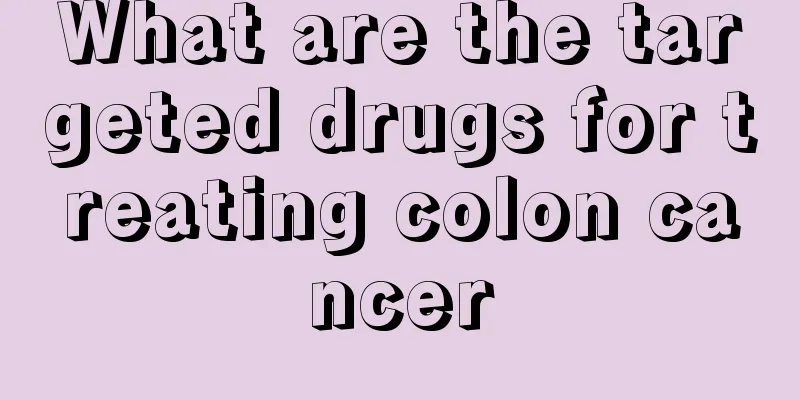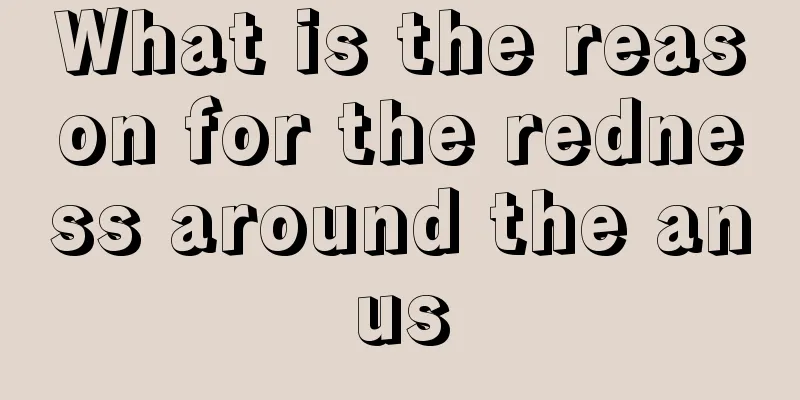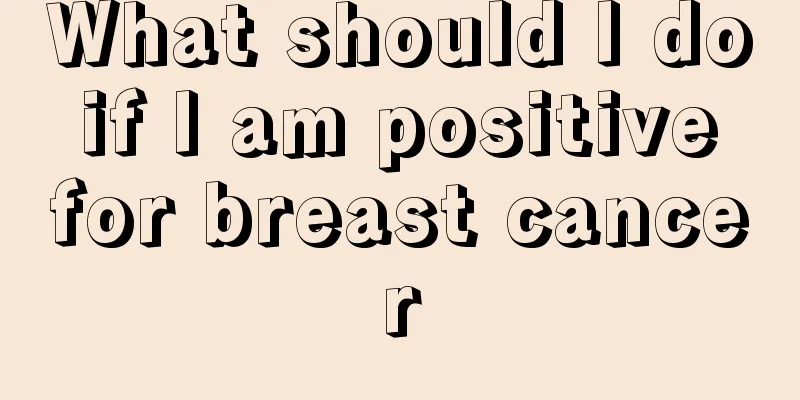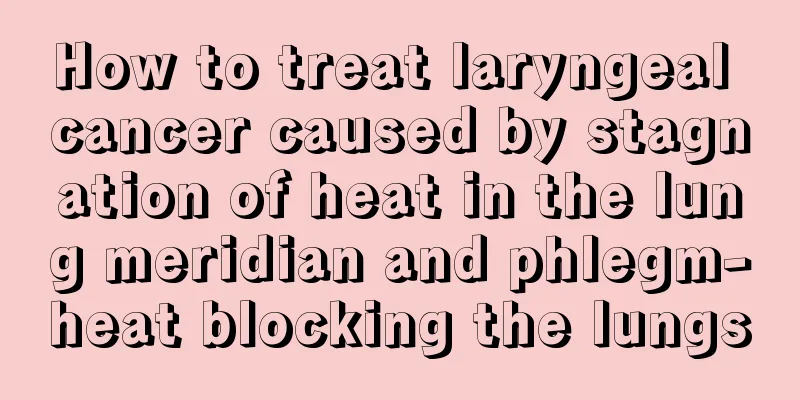Acupuncture points on the heel
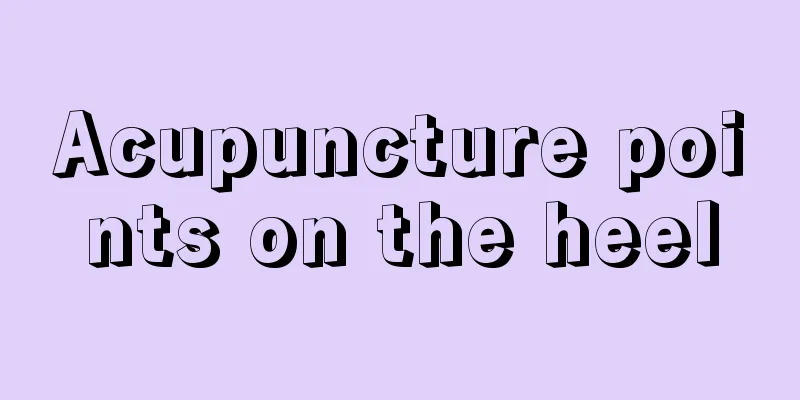
|
Although there are many acupoints distributed on the human feet, and pressing different acupoints can have different effects, the acupoints distributed in each part are different. In daily life, many people ignore the existence of acupoints on the heel. In fact, the heel acupoint is also a particularly important part. Those who don't know much about the heel acupoints should take a look at the knowledge about the heel acupoints explained here. 1. What is the acupuncture point at the back of the foot? 1.1. Taixi acupoint. To locate the acupoint, you can sit upright with your feet flat on the soles of your feet or lie on your back. Taixi acupoint is located on the inner side of the foot, in the depression between the back of the inner ankle and the heel bone tendon. The main diseases treated by Taixi acupoint are: kidney disease, toothache, sore throat, asthma, bronchitis, cold hands and feet, female menstrual disorders, arthritis, lack of energy, weakness in hands and feet, rheumatism, etc. 1.2. Shenmai point. To locate the point, you can lie on your back or sit upright. Shenmai point is located on the outer side of the foot, one centimeter below the center of the outer ankle. The main symptoms treated by Shenmai acupoint are: improving tolerance, fear of cold (chills shyness), etc. 1.3. Kunlun point is located on the outside of the ankle, at the midpoint of the line connecting the apex of the outer ankle and the heel. (Or behind the lateral malleolus, in the depression between the tip of the lateral malleolus and the Achilles tendon.) Kunlun acupoint is mainly used to treat diseases such as headache, low back pain, high blood pressure, eye diseases, fear of cold, abdominal gas reflux, intestinal stones, diarrhea, etc. 1.4. When locating the Yongquan acupoint, you can sit upright or lie on your back with your feet crossed. The Yongquan acupoint is located at the bottom of the foot, in the depression at the front of the foot, 1/3 of the front of the line connecting the tip of the second and third toe crease and the heel. The main diseases treated by Yongquan acupoint are: neurasthenia, loss of energy, fatigue, gynecological diseases, insomnia, hypersomnia, hypertension, dizziness, anxiety, diabetes, allergic rhinitis, menopausal disorders, cold intolerance, kidney disease, etc. 2. What are acupoints? Acupoints refer to places where nerve endings are densely populated or where nerve trunks pass through. The scientific name of acupoints is acupoints, and other names include: "qi point", "qi palace", "joint", "meeting", "bone hole", "where qi and pulse are emitted", "moxibustion point", and "acupoint". There are about 52 single acupoints, 300 double acupoints, and 50 extra meridian acupoints around the human body, totaling 720 acupoints. There are 108 vital points, 72 of which are not fatal if pressed, and the remaining 36 are fatal points, commonly known as "death points". 3. Benefits of acupoint massage Acupoint massage is a health massage based on the theory of traditional Chinese medicine. It mainly focuses on meridian acupoint massage. Its technique has strong penetration, can relax muscles, relieve fatigue, regulate body functions, and has the effects of improving body immunity, dredging meridians, balancing yin and yang, and prolonging life. Why do heels hurt? 1. Causes of heel pain Shoes are one of the main causes of heel pain; the bones, muscles and ligaments of the foot bear the entire body weight of a person, which requires the shoes to fully support the arch of the foot, so that the force on the sole of the foot is evenly distributed and the ligaments are properly relaxed. However, some manufacturers cut corners on the internal structure of the shoes in order to reduce costs, resulting in the structure inside the shoe being unable to effectively support the arch of the foot and concentrating the force on a certain part of the sole of the foot. This increases the pressure on the ligaments and makes the ligaments more susceptible to inflammation. 2. How to prevent 2.1. Most cases of juvenile calcaneal epiphysisitis are caused by calcaneal trauma and long-term running and jumping. Therefore, patients at this stage should avoid running and jumping, especially jumping from high places, as the calcaneal epiphysis is still developing. This should be noted in the early stages of symptoms. 2.2. Senile heel pain is mostly caused by strain, plantar fasciitis, calcaneal tuberosity bursitis, and fat pad degeneration. During this period, you should avoid standing or walking for a long time. Raising the heels can reduce the load on the heels. Wear soft soles and a soft round pad on the heel. The center of the round pad is concave and the height is about 2 to 3 cm. This will move the center of gravity of the whole body forward, reduce the pressure on the heel, and achieve weight loss treatment. 2.3. Traumatic heel pain is mostly caused by improper plaster fixation. When making the plaster, the sole of the foot should be pressed hard to squeeze the wet plaster toward the center of the foot to avoid the plaster becoming flat-bottomed due to long-term fixation, which may cause the arch of the foot to disappear. At the same time, reduce the time spent in bed as much as possible and get up and walk as soon as possible. Avoid fat pad atrophy. Massage methods for foot pain 1. Press and rub Chengshan acupoint with your thumb 50 times until you feel soreness and swelling. Chengshan point is the best acupuncture point for removing moisture from the human body. Massaging this point can not only expel moisture from the body by invigorating the yang energy of the bladder meridian, but also promote blood circulation in the legs and quickly relieve heel pain symptoms such as swelling, numbness, and pain. 2. Press and rub the Yongquan point with your thumb for 3 to 5 minutes until the sole of the foot becomes warm. Massaging this point can improve the permeability of local capillaries and lymphatic capillaries, promote the circulation of blood and lymph in the body, adjust the body's metabolic process, have a sustained and powerful analgesic and diuretic effect, and effectively treat heel pain. 3. Use the tip of your thumb to massage the Kunlun point for 1 to 3 minutes until you feel a soreness or swelling. Kunlun acupoint is located on the heel. Ancient documents record: "Moxibustion Kunlun for ankle and heel pain." This point is a special acupoint for treating pain in the ankle and heel. |
<<: Acupuncture points on the soles of the feet
>>: Acupuncture points for nourishing Yin
Recommend
Causes of breast cancer in the elderly
The causes of breast cancer in the elderly are ro...
What to do if your body is not hydrated enough?
If there is not enough water in the body, it will...
What should I do if ovarian cancer metastasizes?
What should we do if ovarian cancer metastasizes?...
How to wash off ballpoint pen marks on clothes? 7 methods to wash easily
We may not be so careful when writing with a ball...
What is the overall survival rate of breast cancer
The 5-year survival rate of breast cancer has rea...
Patients with cardia cancer will have symptoms of swallowing stagnation in the early stage
In fact, the early symptoms of cardia cancer are ...
What are the early symptoms of kidney failure?
The kidneys are the most important internal organ...
What are the most obvious symptoms of nasopharyngeal cancer?
What are the most obvious symptoms of nasopharyng...
Can eating dried red dates replenish blood?
Dried red dates are foods that have the effect of...
How long does it take to treat mycoplasma tracheitis
Mycoplasma tracheitis is also a common clinical d...
Infective Endocarditis Guide
Infective pericarditis is caused by inflammation ...
Why does my ear hurt and itch?
If there is pain and itching inside the ear, it i...
Which basin is best for soaking feet?
Many middle-aged and elderly people have the habi...
What conditions can cause brain cancer
The cause of brain tumors is not very clear, but ...
Why does my chest feel numb after catching a cold?
Colds are very common. They are clinically called...


